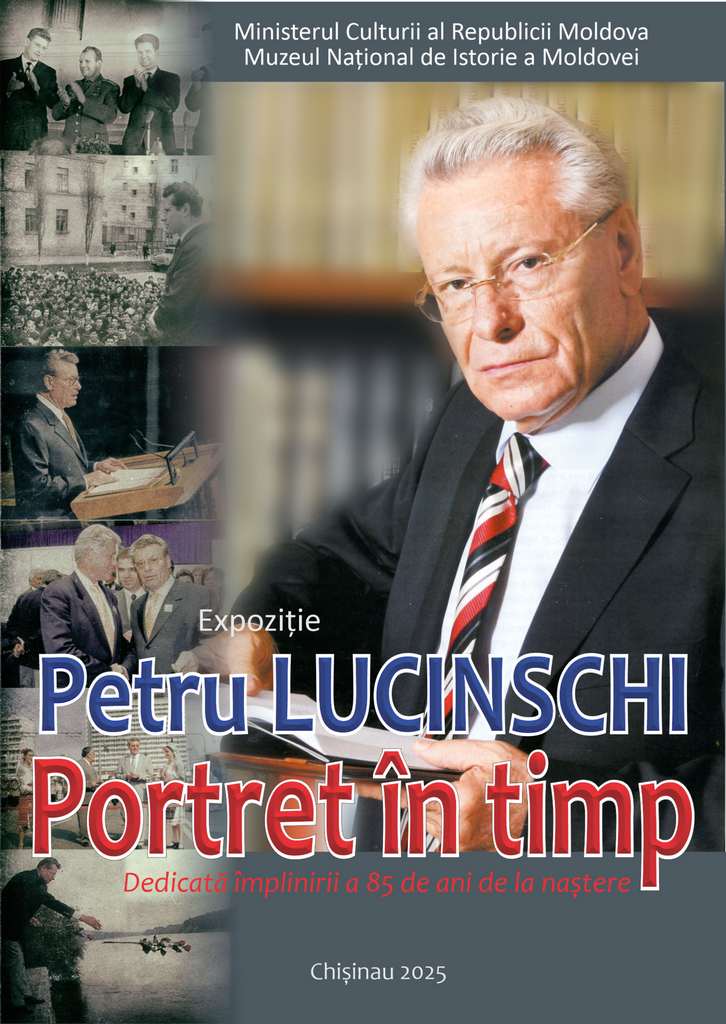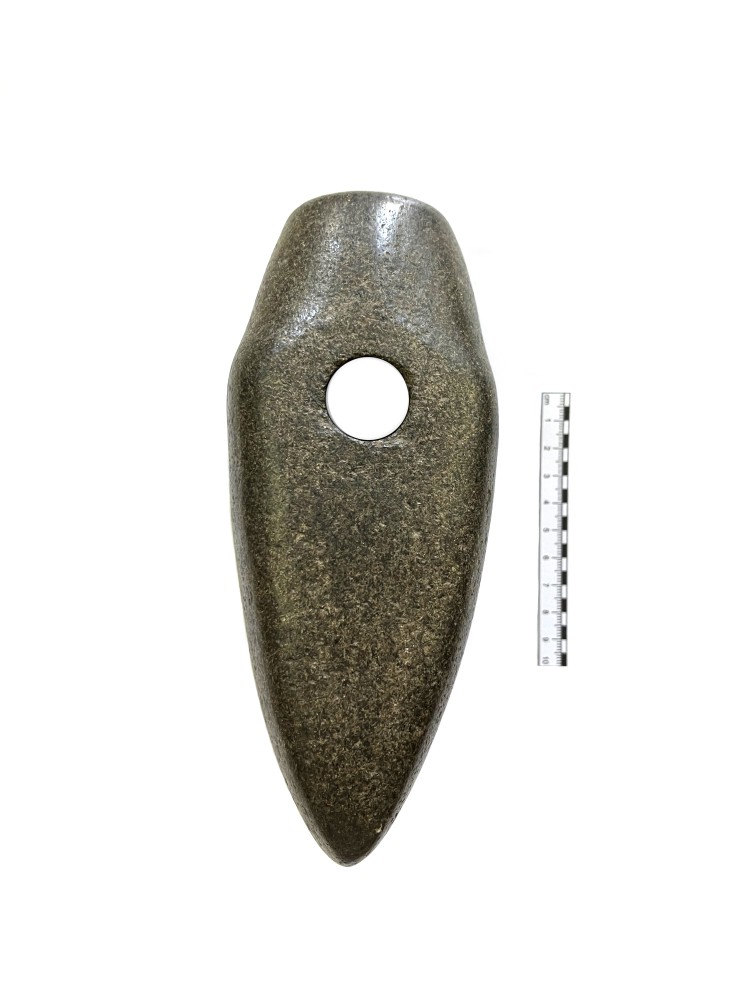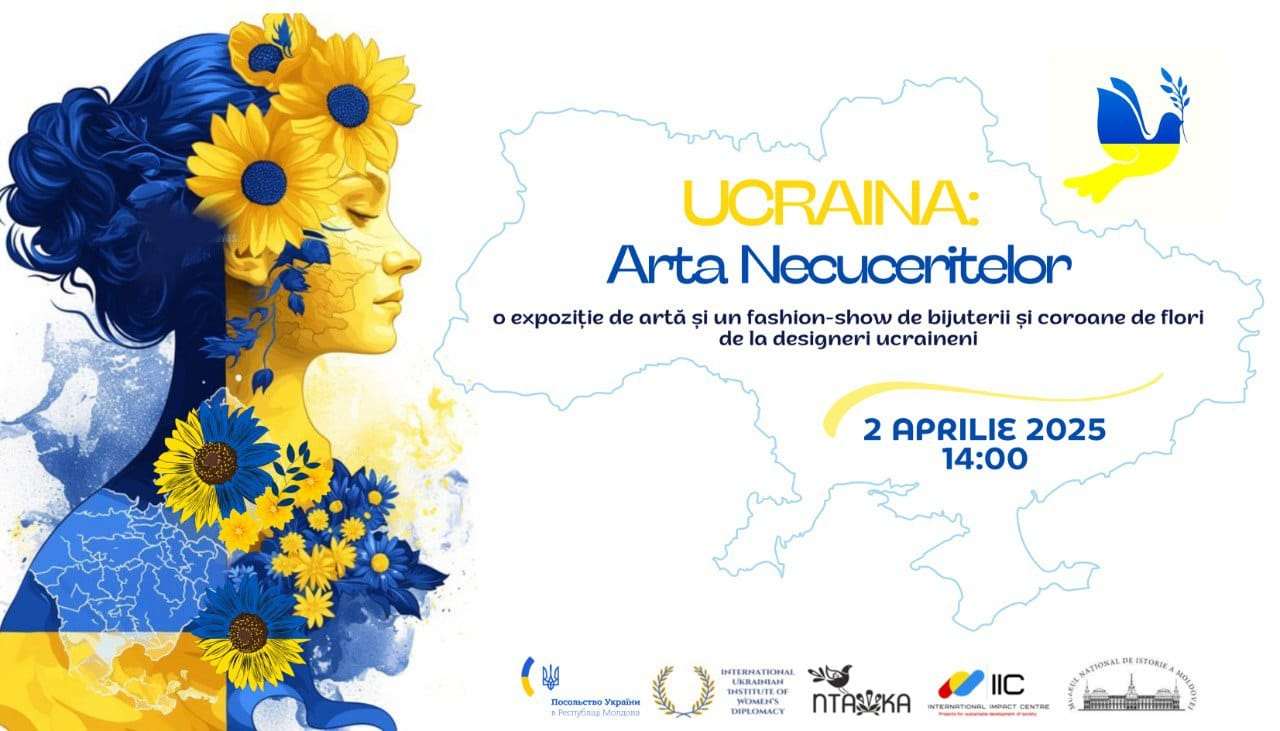
The exhibition marks the 85th anniversary Petru Lucinschi, second President of the Republic of Moldova. It features approximately 180 photographs, documents, distinctions, books, works of art, personal items, and other documentary evidence that reconstruct the most significant stages of the renowned politician and statesman's life and career.
Petru Lucinschi's biography is closely intertwined with the times in which he lived and worked with passion and dedication, as well as with the recent history of the Republic of Moldova, including its political and socio-economic transformations during the early years of independence and the international affirmation of the young sovereign state.
Born on January 27, 1940, in Rădulenii Vechi, Florești District, Petru Lucinschi graduated from the State University of Moldova, Faculty of History and Philology, in 1962. He is a member of the Academy of Social Sciences of the Russian Federation (Moscow) and holds a PhD in Philosophy (1977).
Between 1960 and 1971, he held roles as instructor, department head, secretary, and first secretary of the Central Committee of the Leninist Young Communist League (ULCT) in the Moldavian SSR. From 1971 to 1976, he served as secretary of the Central Committee of the Communist Party of Moldova (CCPCM). Between 1976 and 1978, he was first secretary of the Chișinău City Committee of the Communist Party. From 1978 to 1986, he worked as deputy section chief of the Central Committee of the Communist Party of the Soviet Union (CPSU). From 1986 to 1989, he was second secretary of the Central Committee of the Communist Party of Tajikistan.
In 1989, he was elected first secretary of the Central Committee of the Communist Party of Moldova, serving until 1990. Between 1990 and 1991, he was secretary of the Central Committee and a member of the Politburo of the CPSU. From 1991 to 1992, he worked as a senior researcher at the Institute of Socio-Political Research of the Academy of Sciences of the Russian Federation and as executive director of the Fund for Social Science Development of the same academy. From 1992 to 1993, he served as the Extraordinary and Plenipotentiary Ambassador of the Republic of Moldova to the Russian Federation.
On February 4, 1993, he was elected President of the Parliament of the Republic of Moldova. From December 1, 1996, to April 4, 2001, he served as President of the Republic of Moldova.
Petru Lucinschi was a deputy in the Supreme Soviet of the Moldavian SSR (1967-1980), the Supreme Soviet of Tajikistan (1986-1990), and the Supreme Soviet of the USSR (1986-1991). From 1990 to 1996, he was a deputy in the Parliament of the Republic of Moldova.
Currently, he is the president of the Lucinschi Foundation for Strategic Studies and Development of International Relations.
In 2005, Petru Lucinschi was awarded the "Order of the Republic". He also holds prestigious international honors, including the Grand Cross of the Legion of Honor (France, 1998), the Order of the Savior (Greece, 1999), the Grand Order of the Knights of the Holy Sepulcher (Greek Orthodox Patriarchate, Jerusalem, 2000), and the Order of the Star of Romania in the rank of Collar (Romania, 2000).
The exhibition will be open to visitors from January 27 to February 28, 2025, in the upper-floor hall of the National Museum of History of Moldova, located at 121A 31 August 1989 Street, Chișinău.



















































